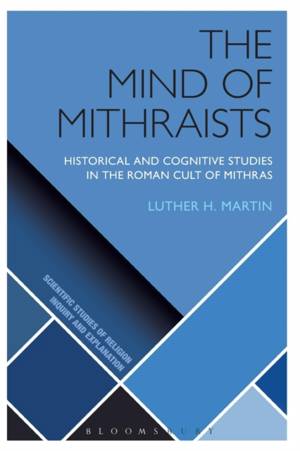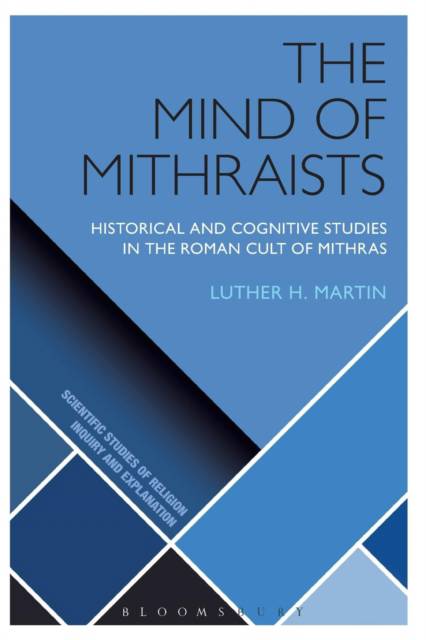
- Retrait gratuit dans votre magasin Club
- 7.000.000 titres dans notre catalogue
- Payer en toute sécurité
- Toujours un magasin près de chez vous
- Retrait gratuit dans votre magasin Club
- 7.000.0000 titres dans notre catalogue
- Payer en toute sécurité
- Toujours un magasin près de chez vous
The Mind of Mithraists
Historical and Cognitive Studies in the Roman Cult of Mithras
Luther H Martin
88,45 €
+ 176 points
Format
Description
The Roman cult of Mithras was the most widely-dispersed and densely-distributed cult throughout the expanse of the Roman Empire from the end of the first until the fourth century AD, rivaling the early growth and development of Christianity during the same period. As its membership was largely drawn from the ranks of the military, its spread, but not its popularity is attributable largely to military deployments and re-deployments. Although mithraists left behind no written archival evidence, there is an abundance of iconographic finds. The only characteristic common to all Mithraic temples were the fundamental architecture of their design, and the cult image of Mithras slaying a bull. How were these two features so faithfully transmitted through the Empire by a non-centralized, non-hierarchical religious movement? The Minds of Mithraists: Historical and Cognitive Studies in the Roman Cult of Mithras addresses these questions as well as the relationship of Mithraism to Christianity, explanations of the significance of the tauroctony and of the rituals enacted in the mithraea, and explanations for the spread of Mithraism (and for its resistance in a few places).
The unifying theme throughout is an investigation of the 'mind' of those engaged in the cult practices of this widespread ancient religion. These investigations represent traditional historical methods as well as more recent studies employing the insights of the cognitive sciences, demonstrating that cognitive historiography is a valuable methodological tool.
The unifying theme throughout is an investigation of the 'mind' of those engaged in the cult practices of this widespread ancient religion. These investigations represent traditional historical methods as well as more recent studies employing the insights of the cognitive sciences, demonstrating that cognitive historiography is a valuable methodological tool.
Spécifications
Parties prenantes
- Auteur(s) :
- Editeur:
Contenu
- Nombre de pages :
- 208
- Langue:
- Anglais
- Collection :
Caractéristiques
- EAN:
- 9781474288699
- Date de parution :
- 19-05-16
- Format:
- Livre broché
- Format numérique:
- Trade paperback (VS)
- Dimensions :
- 156 mm x 234 mm
- Poids :
- 299 g

Les avis
Nous publions uniquement les avis qui respectent les conditions requises. Consultez nos conditions pour les avis.






